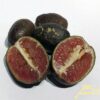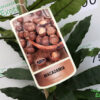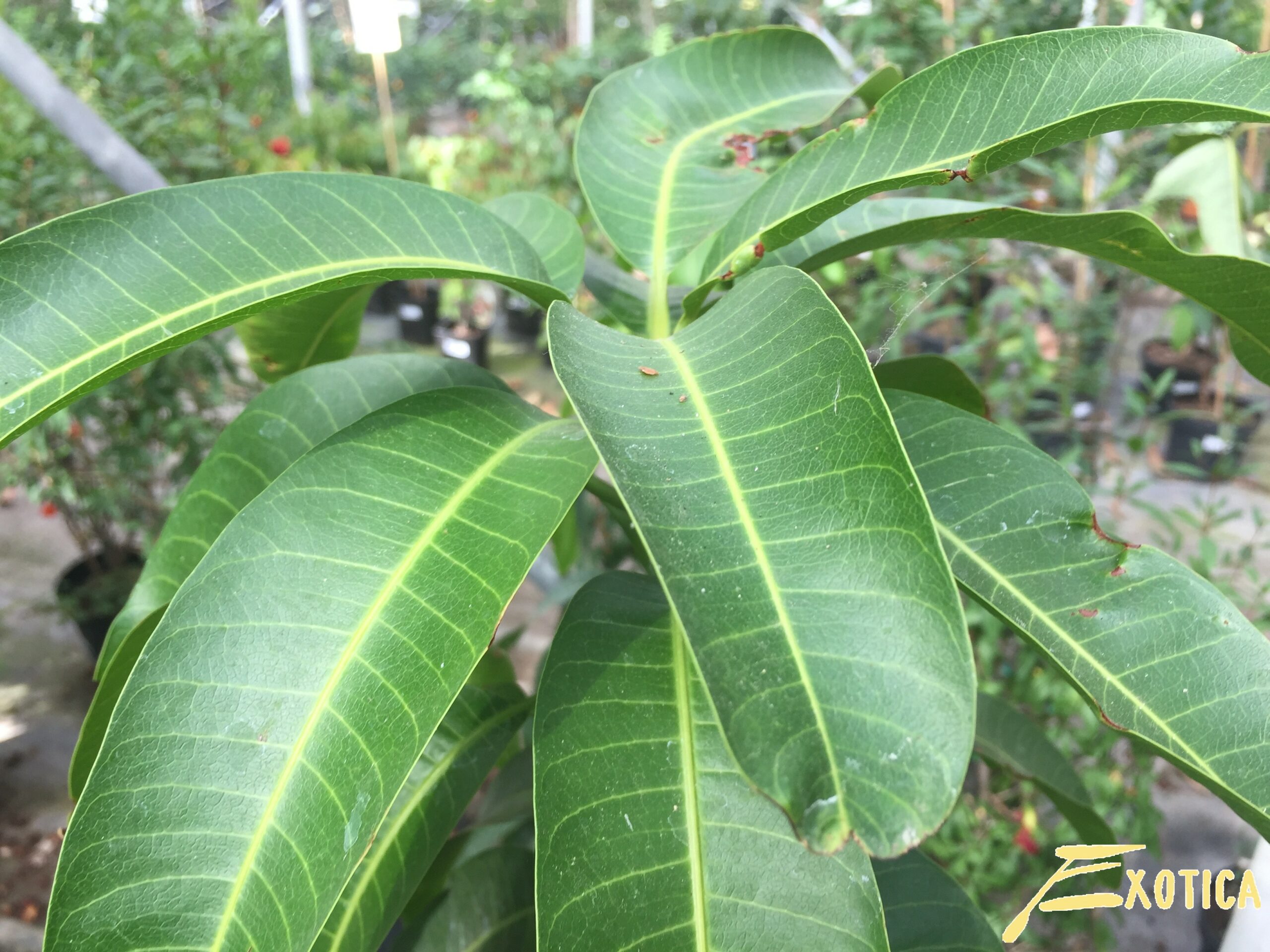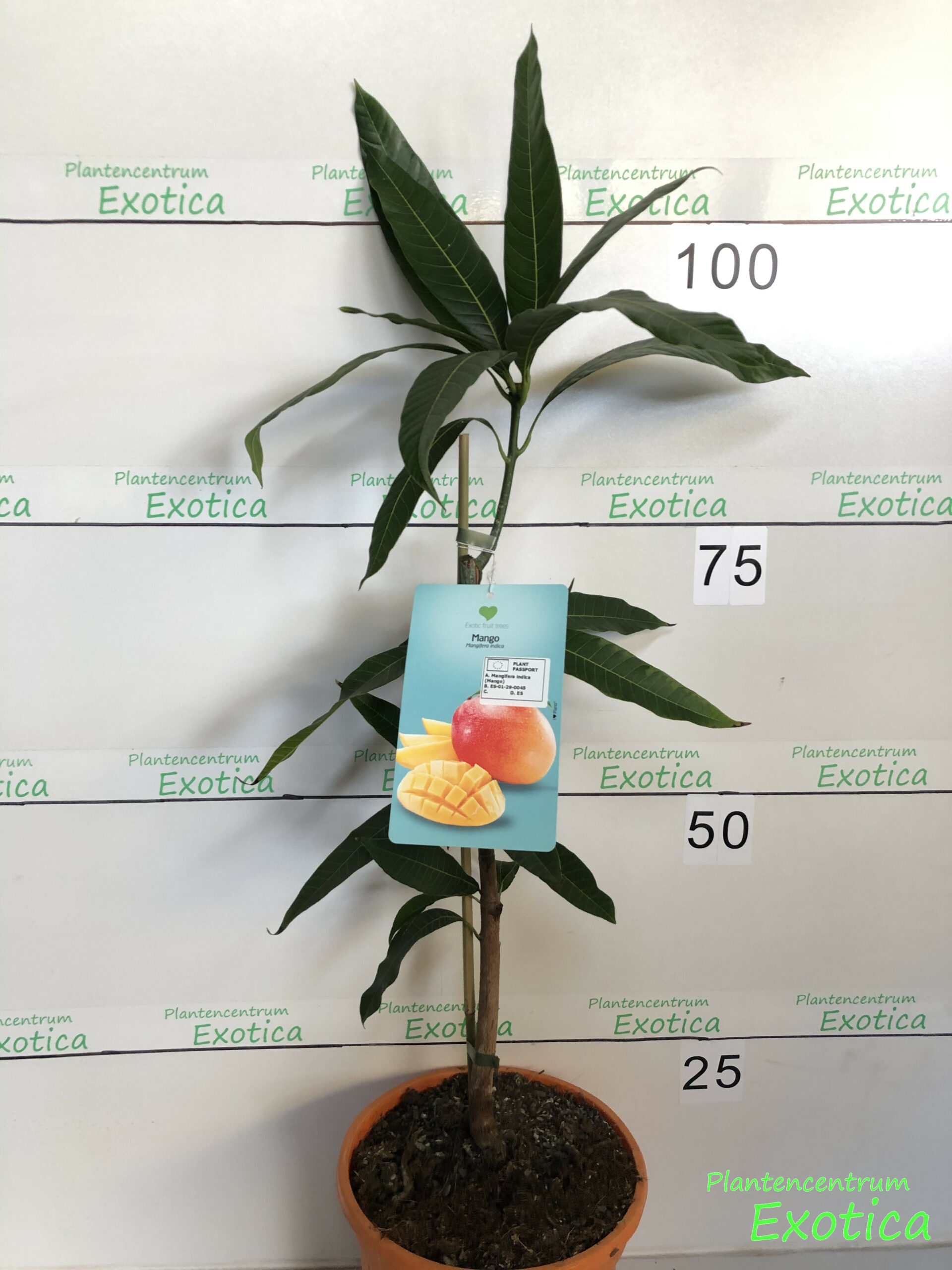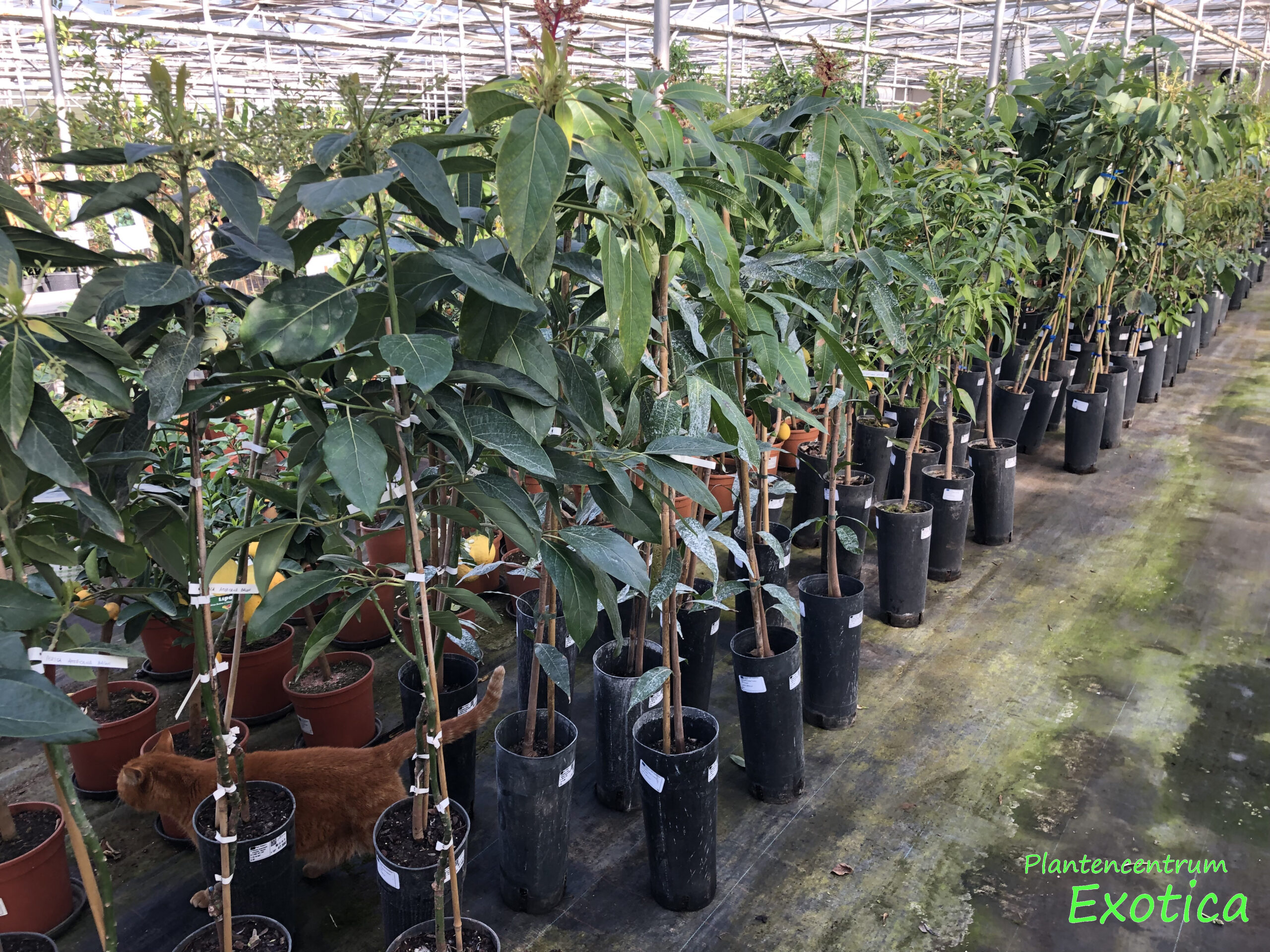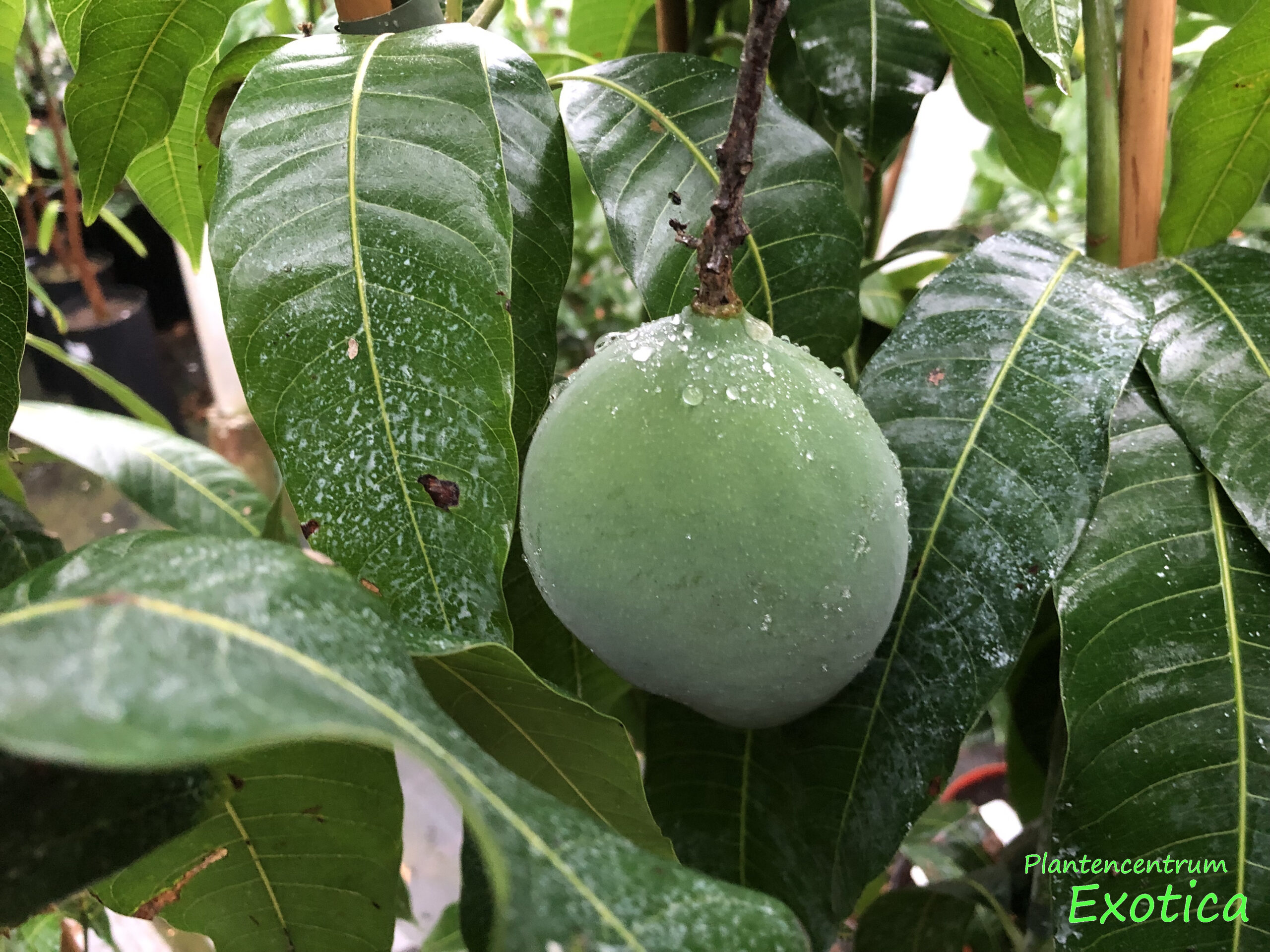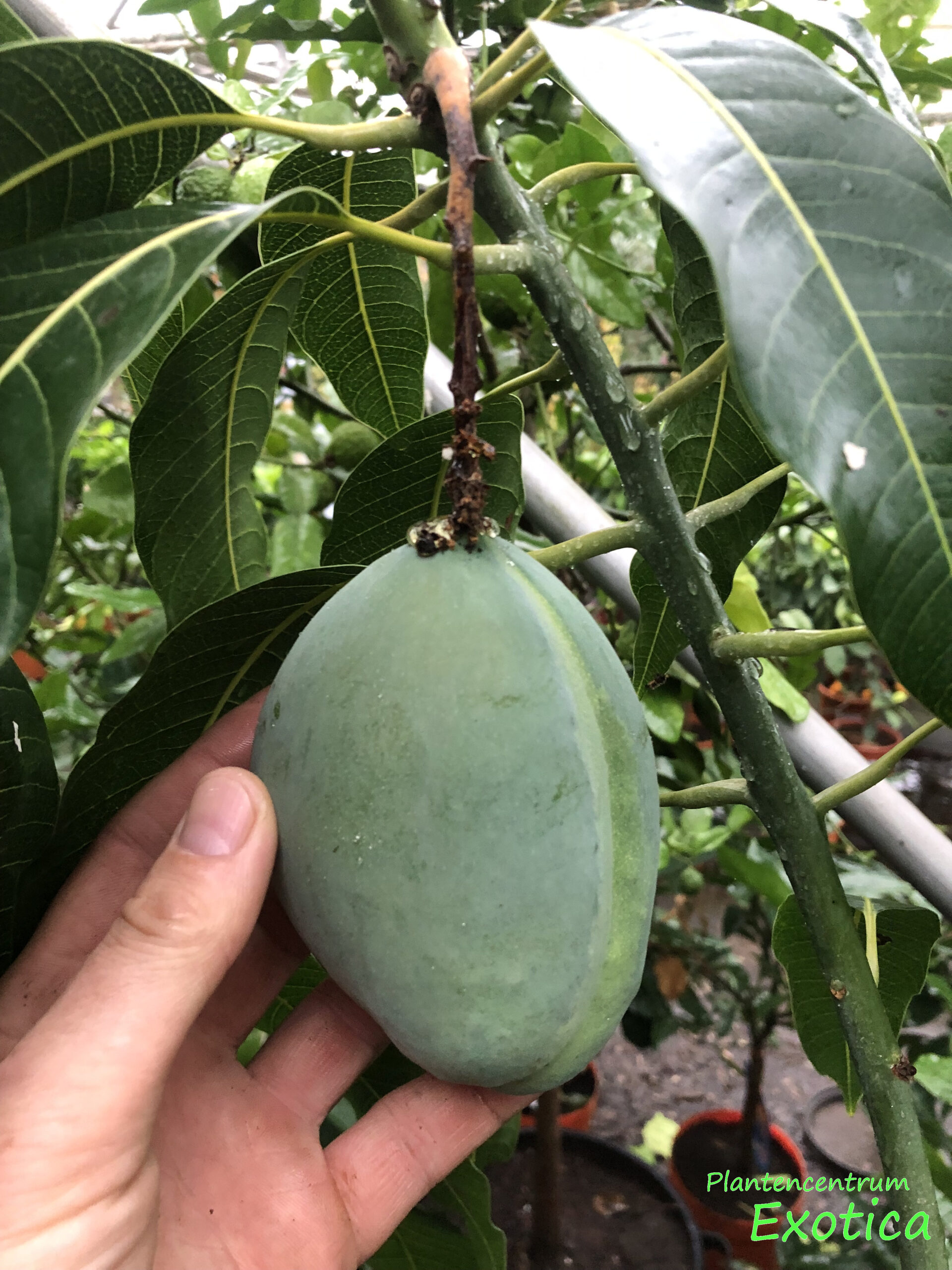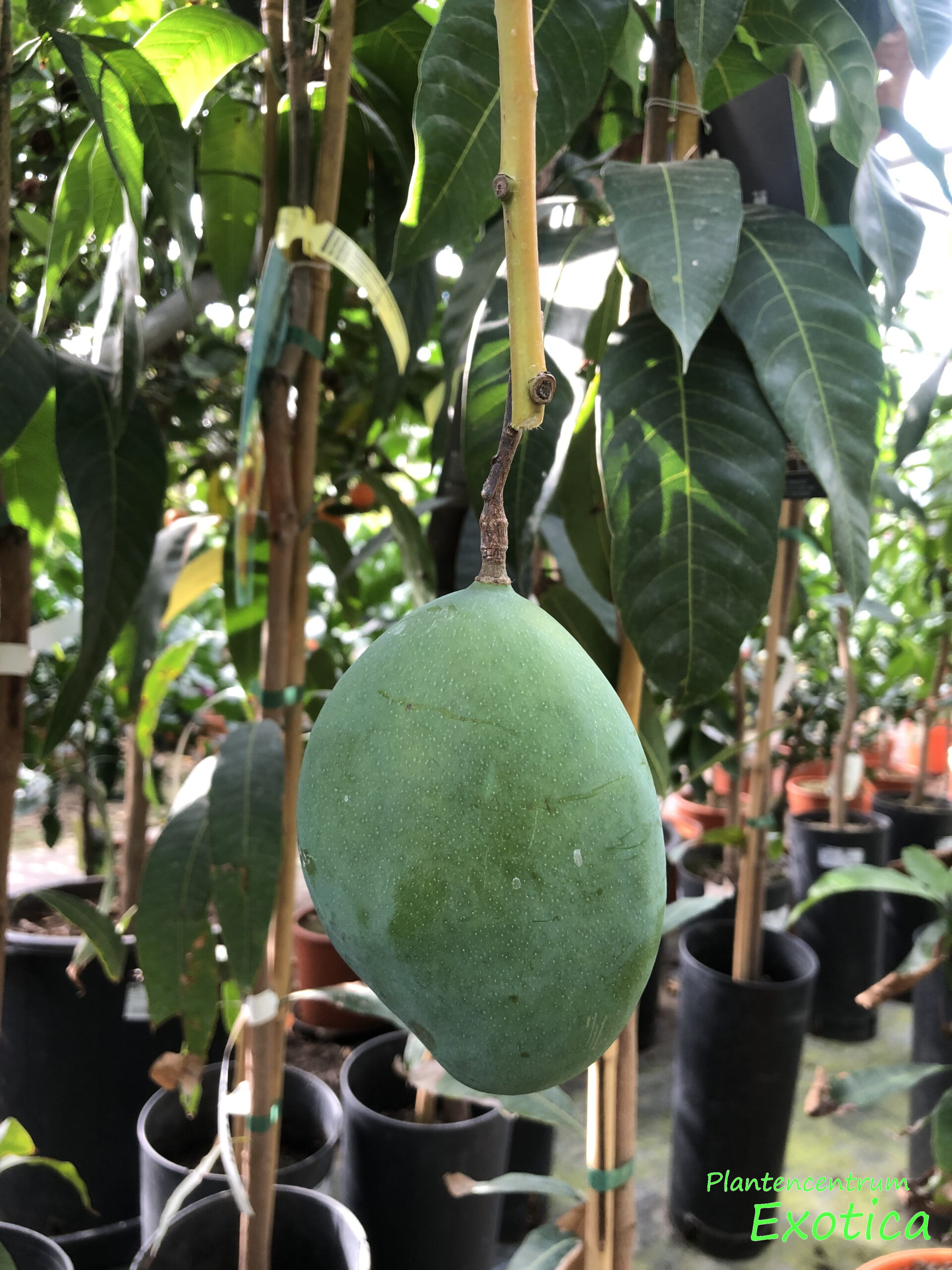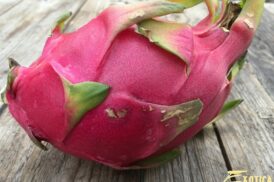Mangifera Indica (Mango) (in varieties)
€48.50
| Min Temp : | +10°C |
| Location: | Sunny |
| Water requirements : | Medium to high |
| Flowering period : | 5-8 |
| Scented : | No |
| Edible: | Yes |
| Use: | Container / Terrace plant |
| Evergreen: | Yes |
| Height: | up to 2m and more |
Mangifera indica Irwin
Mangifera indica Gleen
Mangifera indica Gomera
Mangifera indica Kensington Pride
Mangifera indica Tommy Atkins
Mangifera indica Keitt
Description
The mango (Mangifera indica) is the most commercially important species of the genus Mangifera and is the second most important fruit from the tropics after the banana. The evergreen tree can reach a height of 40 m. The tree has a dense, broad crown. The alternately placed leaves are leathery, smooth, glossy, dark green, smooth-edged and have an oval, pointed shape. The terminal, branched inflorescences can contain up to 100,000, a few millimetres in size, yellowish or pinkish flowers. Only a small part of these flowers is pollinated and an even smaller part ripens into mature fruits.
The mango is a drupe that varies in shape depending on the variety. The fruits are 5–20 cm long, usually asymmetrical, oval-shaped and often curved with a short, broad spout at the end. However, there are also varieties with spherical fruits. The skin is up to 2 mm thick, smooth and shiny. When ripe, the fruit can be green, yellow, orange, red, or variegated. The ripe flesh is soft and juicy, yellow in color and fibrous to almost fibrous. The fruit tastes sweet-aromatic and gives off a sweet scent. The taste also depends on the turpentine content, which is low in good varieties.
Ripe fruits are eaten as hand fruits, and unripe fruits can be prepared as vegetables or pickled in sweet and sour curries. The blossom of the mango tree is also edible and also provides a sweet honey. The wood of the mango tree can be used for the manufacture of furniture.
The mango probably originates from the forests of northeastern India and Southeast Asia, where the mango grows in the wild. In India, the fruit and the tree are sacred. The mango plays a role in the symbolism of Buddhism. In 1742, the fruit was introduced to Barbados and then to the other islands in the Caribbean. Since the beginning of the 19th century, the plant has been cultivated worldwide in the (sub)tropics.
